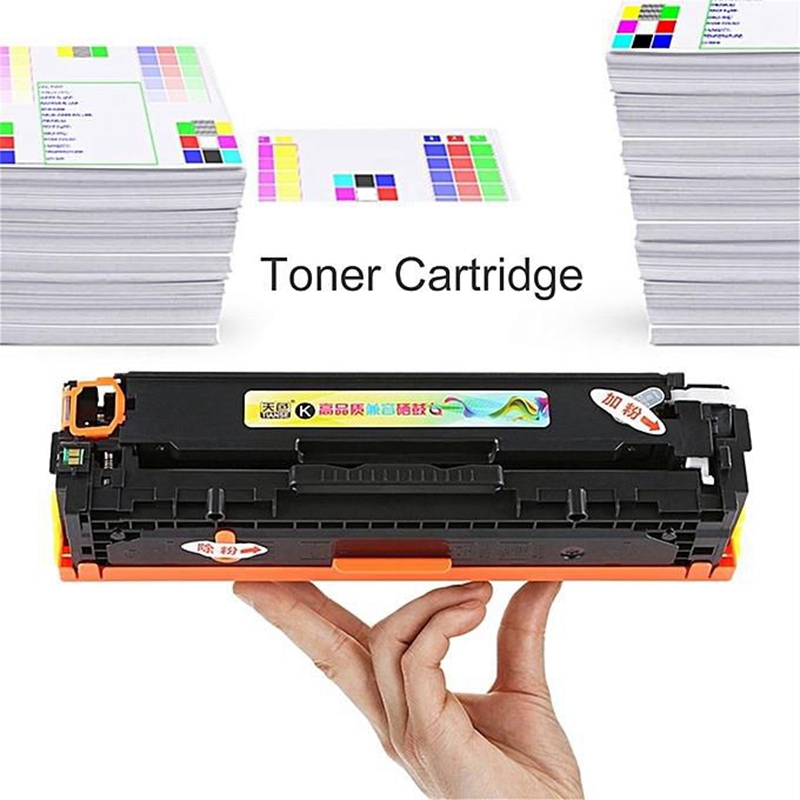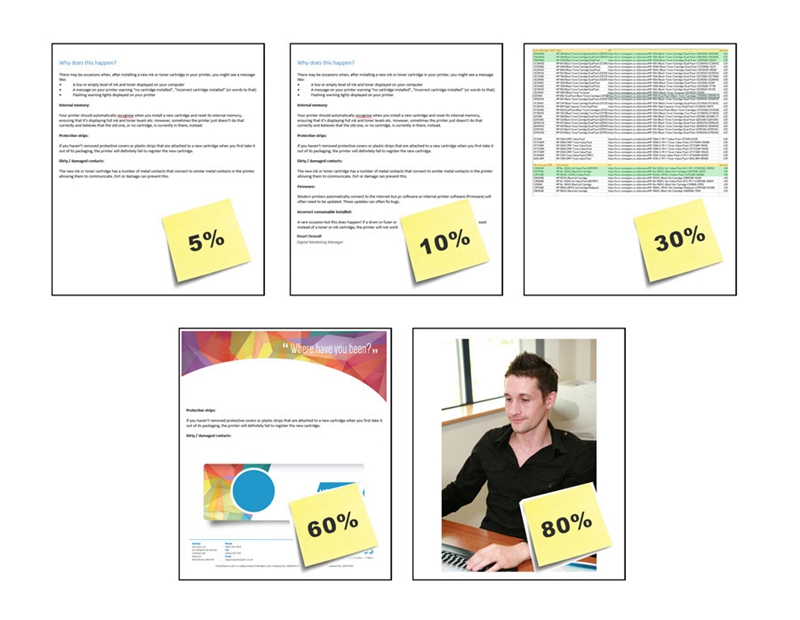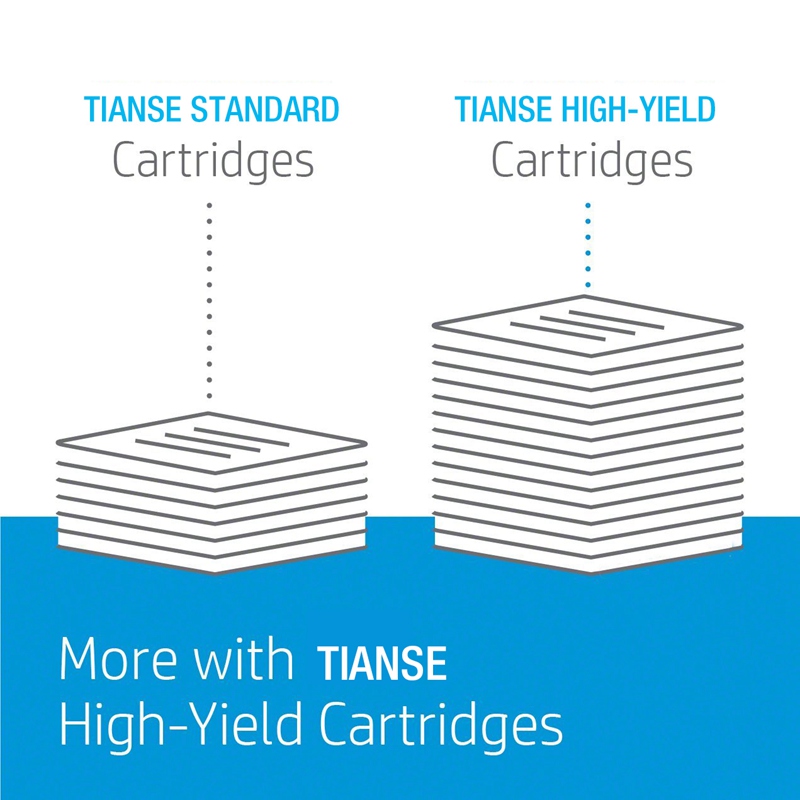It’s a common trick for printer vendors to sell printer machines at or below their production cost–and then make their money later on with extremely high ink or toner costs. So, you may wonder how many prints can you get out of your toner cartridge? The first thing you need to figure out is how many pages printed per toner cartridge.
The short answer: Page yield is the number of pages a user can print with one cartridge.
Most manufacturers base their page-yield numbers on industry-standard testing that is designed to represent real-world usage. However, the page yield you obtain may vary, depending on printer cartridge brands and what you actually print. Generally, you can find page yield information in the owner’s manual or on the packaging for the printer cartridge.
The page yield of a cartridge is based on the ISO standard for measuring ink or toner cartridge yields by printing out pages with 5% page coverage until the cartridge runs empty. Page coverage means how much of the page is covered with ink or toner, while 5% page coverage means only 5% of the page has ink or toner on it.
(Page Yield Example)
Keep in mind the 5% page coverage is just a baseline. If you’re printing something more substantial such as a legal document or a full-page color photo, your page yield will drop considerably. Since everyone’s printing habits are different, the actual number of prints you get out of a cartridge varies from user to user.
There are many other factors that determine the actual number of pages your cartridge prints.
- Content: Colored images vs mostly black and white text. Expect to run out of black ink faster if you print more documents than photos. And expect to run out of colored one if you print more colored images than text.
- Content Size/Length: Do you print documents which contain lengthy chunks of text? Do you print large photos often? If so, it will consume more ink or toner and will cut down the total number of pages you can print from your cartridge.
- Print Quality: If you always print in Draft mode, you’ll get more mileage out of your ink or toner. But if you always print in High Quality mode, you may run out sooner than you think.
Printer cartridges usually come in a variety of different sizes, and therefore their page yields vary accordingly. Larger cartridges, also known as high yield cartridges, prints far more than a standard one. So when to use a standard or a high yield cartridge?
For Inkjet Printers: If you do not print on a regular basis, it makes more sense to get standard size ink cartridges. Don’t overstock on ink by getting high yield cartridges if you do not print regularly. You won’t be saving money because there is a good chance that the ink will dry up anyway. But if you print a lot on a regular basis, high yield cartridges are a more economical option and also reduce the number of times you have to replace ink cartridges. If you really want to save on ink, get compatible ink cartridges and save as much as 70% compared to branded cartridges.
For Laser Printers: Laser printers are known to be high volume printers compared to inkjet ones but the question of which cartridge size you should obtain still depends on your usage. If you use your laser printer at home, a standard size toner cartridge should be able enough to accommodate your printing needs for a while. If you’re cartridge shopping for your office laser printer (which most likely prints far more than a home printer), you’d better go with higher yield toner cartridges.
PC World’s research has shown time and again that lower-capacity ink and toner cartridges actually cost you more in the long run. If you print relatively little, it may not matter much, since the high cost is spread over a longer period of time. But if you print a lot, do remember to pay attention to how many pages printed per toner cartridge, and look for toner cartridges with yields above 2000 pages, or ink cartridges with yields above 250 pages.
Post time: Feb-14-2019




